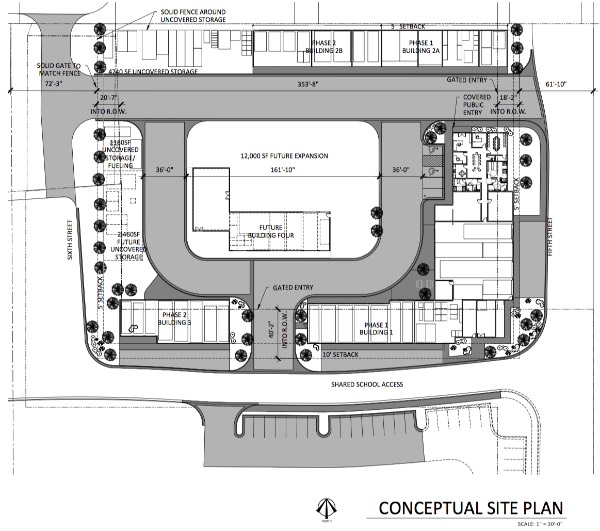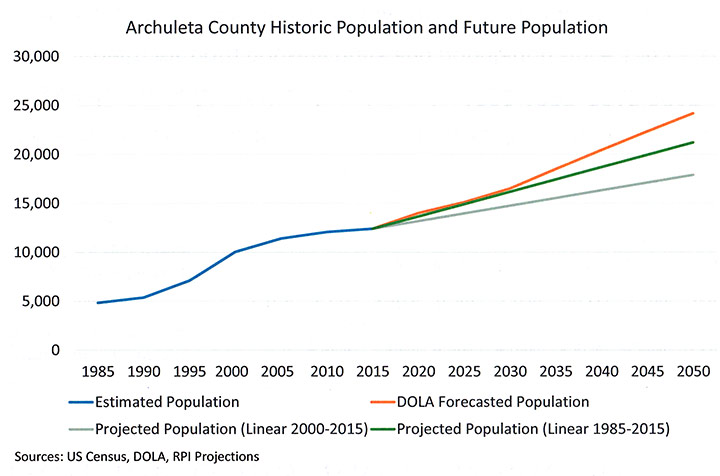From water scarcity to hasty development, we know the unique challenges that face the West — and we’re flexible and resilient enough to find the right balance between conserving and developing our natural resources.
— from the Sonoran Institute website
Honest government. Is that too much to ask for?
I don’t think it is.
I watched an example of what you might call ‘honest government’ last Tuesday evening, February 5, during a meeting of the Pagosa Springs Town Council. The Council was discussing the idea of creating a new $2.5 million debt to help fund a new Town maintenance shop. Estimated total cost for this proposed two-phase project is $5.9 million. The debt could be funded by Certificates of Participation (COPs). Or alternately, a debt could be funded without COPs.
Or alternately, the new shop could be funded with cash, little by little.
You can download the related agenda brief here.
Here’s a short summary of the first alternative — the COP alternative — as presented to the Council:
For the first Phase, staff recommends accepting a $1 million DoLA grant if awarded, which, when matched by the Town in cash from the Capital Fund, will be $2 million towards the first Phase of the project. If favorable rates can be obtained, staff recommends financing the remainder through Certificates of Participation (COPs) or other lease-purchase agreement.
Certificates of Participation: A lease financing mechanism where the government enters into an agreement to make regular lease payments for the use of an asset over some period, after which the title for the asset transfers to the government. Since the government can decide, at any time, to discontinue the lease, COPs do not constitute a ‘multiyear fiscal obligation’ and so can be issued without voter approval.
Ideally, the Town would issue a maximum of $3 million (preferably less), inclusive of financing costs. This would need to be bid out in order to achieve the best rates and least financing costs for Town. While COPs are criticized by some as being a runaround to TABOR, they are a common financing tool for community infrastructure needs and one that the Town has utilized for other projects. They can provide a steady financing mechanism to complete necessary public projects while spreading the costs over several years…
And here’s the conceptual plan for the multi-phase facility:

We’ve recently watched the Archuleta Board of County Commissioners approve the use of COPs for a proposed $13 million, 54-bed County Detention Center. But we’ve never heard the BOCC actually admit that COPs are a “runaround to TABOR” — TABOR being the section of the Colorado Constitution known as the Taxpayers Bill of Rights, which requires voter approval for all “multi-year fiscal obligations.”
The Council’s February 5 discussion was ‘honest,’ in my opinion, because the Town staff was truthful about the options available, and was truthful about the impacts of each option — and because the Council itself was willing to argue, in public, about the best funding choice. I’m not claiming the Council made the best decision (that’s a matter of opinion) but the discussion was open, candid, and genuine.
I heard a similarly candid discussion yesterday morning at Town Hall, at the ‘Growing Water Smart Group’ meeting. At that meeting, Fire Chief Randy Larsen represented the Pagosa Fire Protection District; Al Pfister represented the San Juan Water Conservancy District; James Dickhoff represented the Town of Pagosa Springs; Allen Roth represented the Pagosa Lakes Property Owners Association; and Steve Wadley represented Archuleta County. Mike Davis of Davis Engineering represented the private sector, and provided a technical perspective.
The discussion involved a rather simple concept. If our local government agencies are going to plan for growth, can we all agree on the likely estimate of population increase? And thus, on the size of future facilities that the taxpayers ought to finance?
The five agencies — Town, County, Fire District, Water Conservancy, and PLPOA — had made a previous commitment to agree about future growth. This conversation has been going on for several months, and the elephant in the room is Pagosa Area Water and Sanitation District (PAWSD.). PAWSD has not agreed to agree.
Basically, on Monday morning, the five agencies plus Davis Engineering agreed to accept a rather simple graph as correctly presenting the ‘future population growth of Archuleta County.’ The graph was created by Durango-based consultants RPI, and was paid for by your tax dollars, with the help of a grant from the Sonoran Institute. More about the Sonoran Institute in a moment. But first, the result:

The graph shows a range of possible futures, through the year 2050. The orange line projects a population of 24,000. The gray line indicates a county population of about 18,000 in 2050. The green line shows a ‘middle of the road’ estimate of about 21,000 residents.
What’s the underlying meaning of this curious exercise? Most of us, who’ve raised families, have taken a more laissez-faire approach to the future, in our personal lives. When the third kid comes along, you convert the garage into a bedroom. But you don’t necessarily plan for three kids. (Some of you may have. I sure didn’t.). Governments used to operate in a similar fashion, as I understand it, back before the arrival of the economists and planning directors. But nowadays, even a little rural community feels the need to make plans for a future that will likely never happen the way we imagine it.
In particular, perhaps, our governments want to make plans for enough water. And in order to plan for enough water, in 2019, you supposedly need to make population projections about 2050. Supposedly.
Although the joint effort convened as the ‘Growing Water Smart Group,’ the local agency that makes nearly all the important decisions about water development and delivery in Archuleta County — PAWSD — is not an official participant, nor do we have any evidence that PAWSD has the slightest intention of accepting this RPI-generated graph of future population growth. In fact, we have evidence that PAWSD will not accept the projections of the ‘Growing Water Smart’ group. Instead, we have evidence that the ‘growth’ philosophy of the PAWSD board of directors is surprisingly similar to my own philosophy about raising a family.
Convert the garage, when the third kid comes along… because it’s quite possible you’ll never have a third kid.
From a government perspective, this philosophy suggests that we build what we need, when we need it, and not before. It’s not a popular government philosophy, nowadays.
So we might ask: why is the Tucson-Arizona-based Sonoran Institute involved in generating a population estimate in Pagosa Springs?

